Nikon’s business is among the many that are being negatively impacted by the COVID-19 pandemic.
 Photo by Milo Young
Photo by Milo Young
And as a result, the company is going to resort to cost-cutting measures (read: firing people) to reign in a bleeding balance sheet
But what’s really got everyone’s attention is the diversification aspect of this all in that Nikon’s cameras aren’t really what the company is all about as FStoppers points out.
The thesis underpinning this is the declining share of company revenue that the Imaging Division represents. The COVID-19 pandemic, in addition to the other trends prevalent in the consumer camera market, might be accelerating declines in camera sales.
Indeed, Nikon blames the virus for much of the downturn it has experienced lately, writing in their report for March 2020:
“Revenue had been progressing mostly in line with previous forecasts until the middle of February. However, Revenue decreased due to declined demand and delay in new products launches such as high-end DSLR cameras and lenses for ML by the impact of COVID-19. …Compared to last year, sales volumes of ML and its lenses increased. Volume/sales ratio of mid-range and high-end cameras for professionals and hobbyist improved steadily, as well as IL tie ratio against camera. Online sales ratio also grew.”
Moving forward, the company is going to layoff employees, with a big hit coming to southeast Asia, as well as redouble its efforts on products.
The pandemic isn’t just hurting Nikon, however, as this is one of those events that is hurting just about everyone and in a pretty big way.
What do you think of Nikon’s financial results? What do you think the rest of the industry is experiencing because of the pandemic and lockdown? Let us know your thoughts on this story in the comments section below.
Don’t forget to check out our other photography news by clicking here.
[FStoppers]


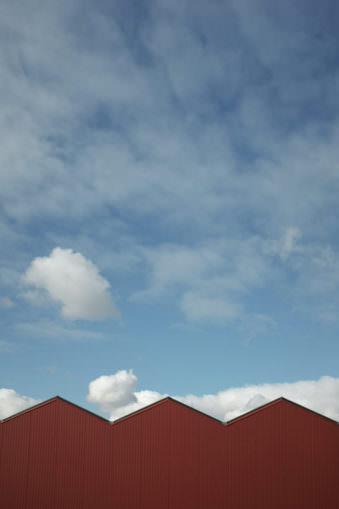
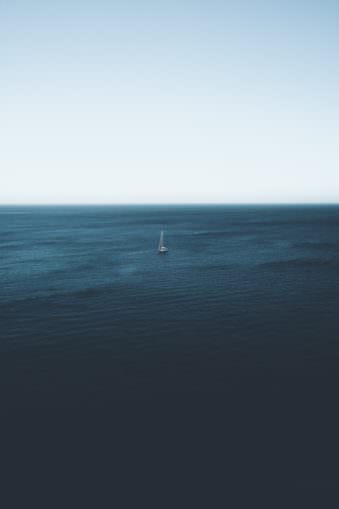
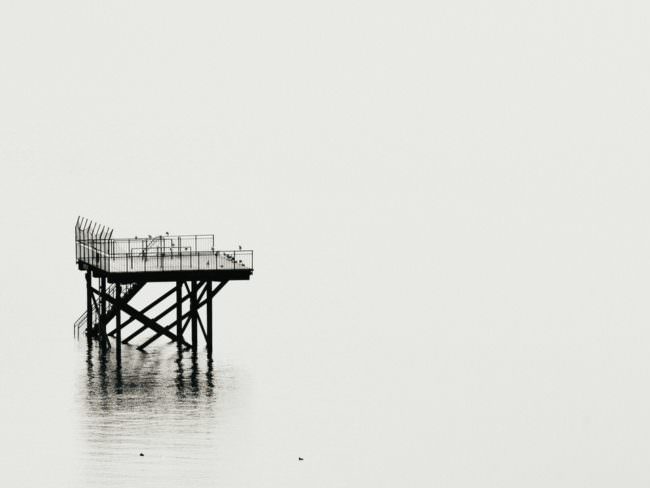
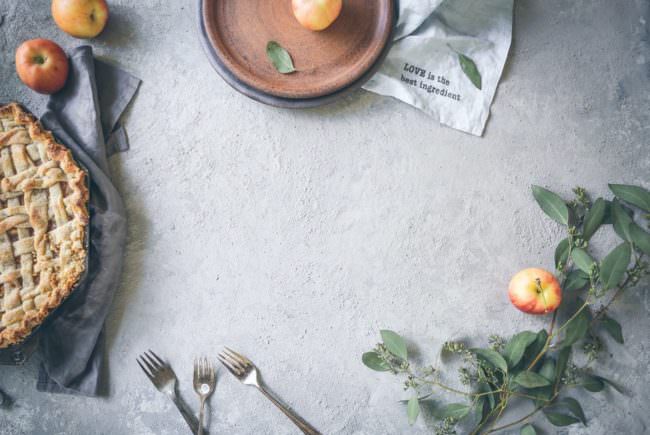
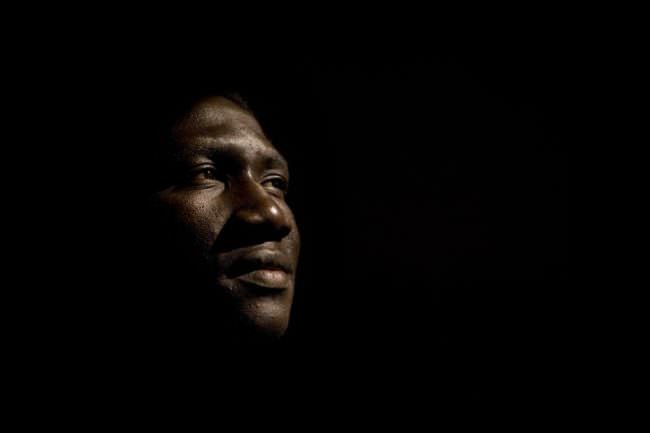



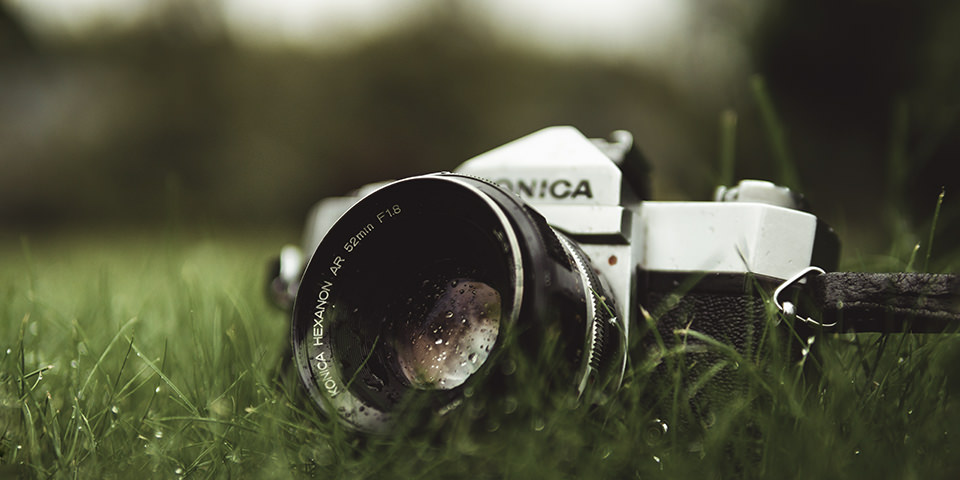
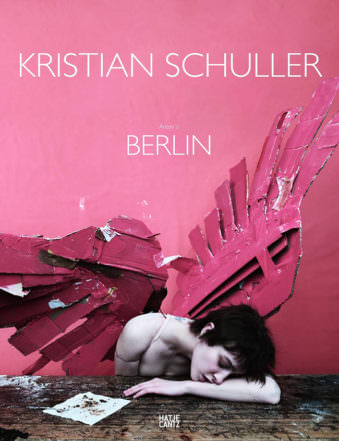
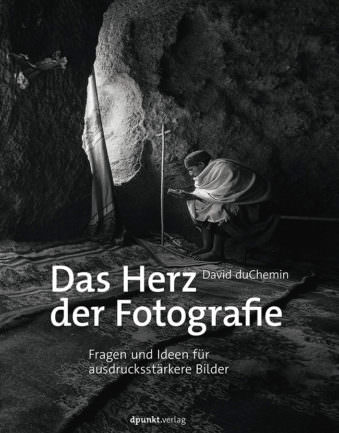








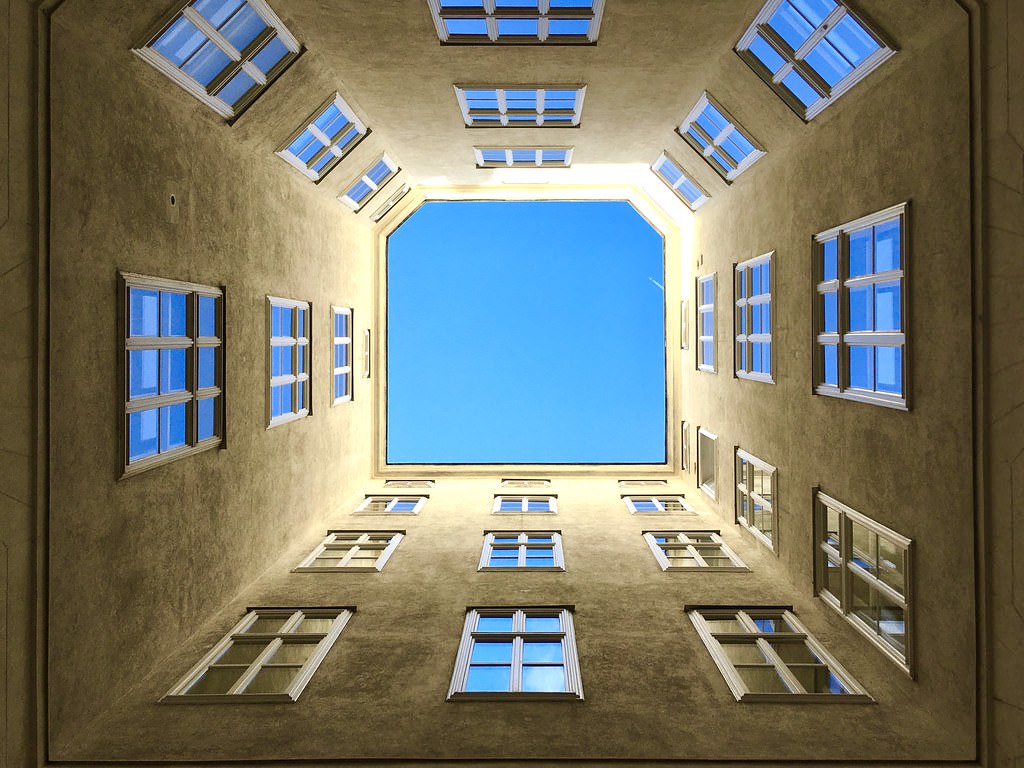
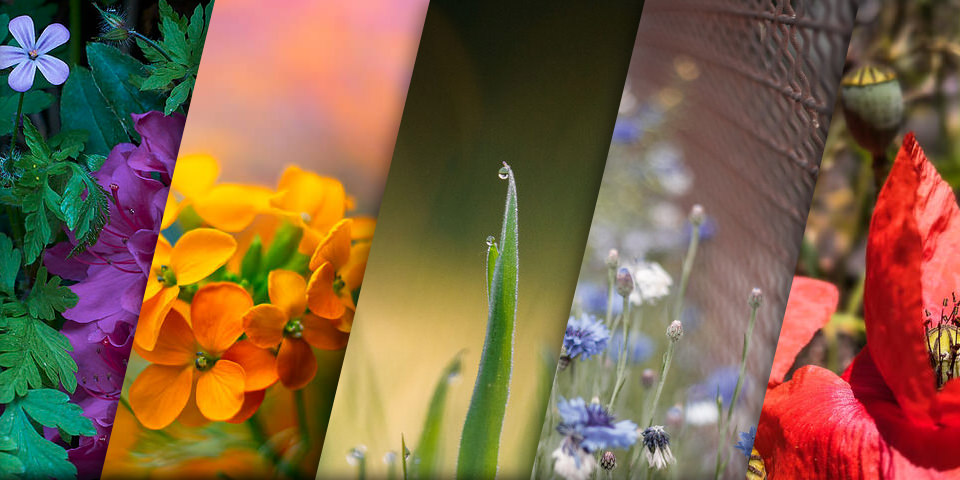
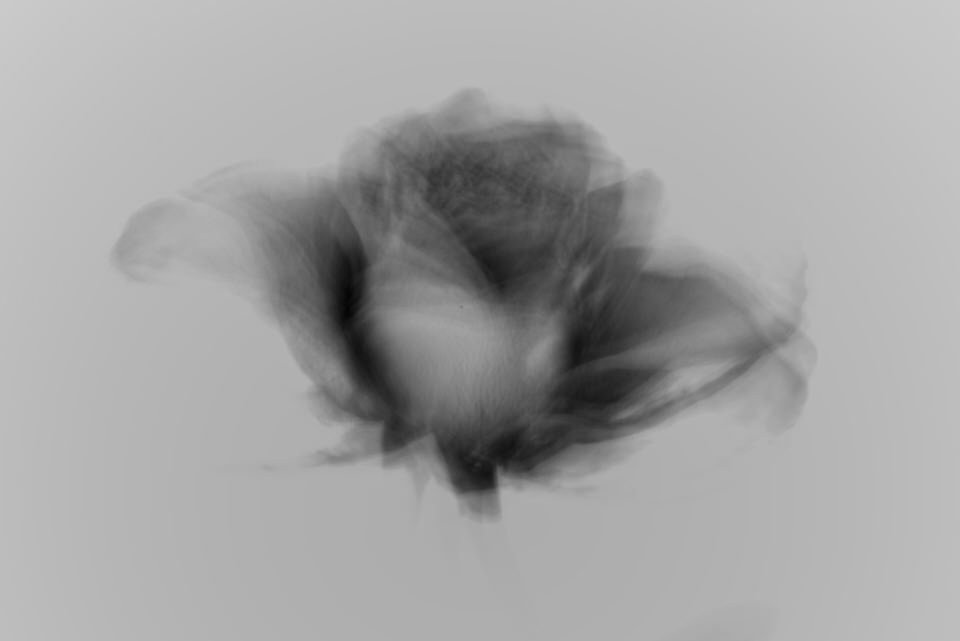
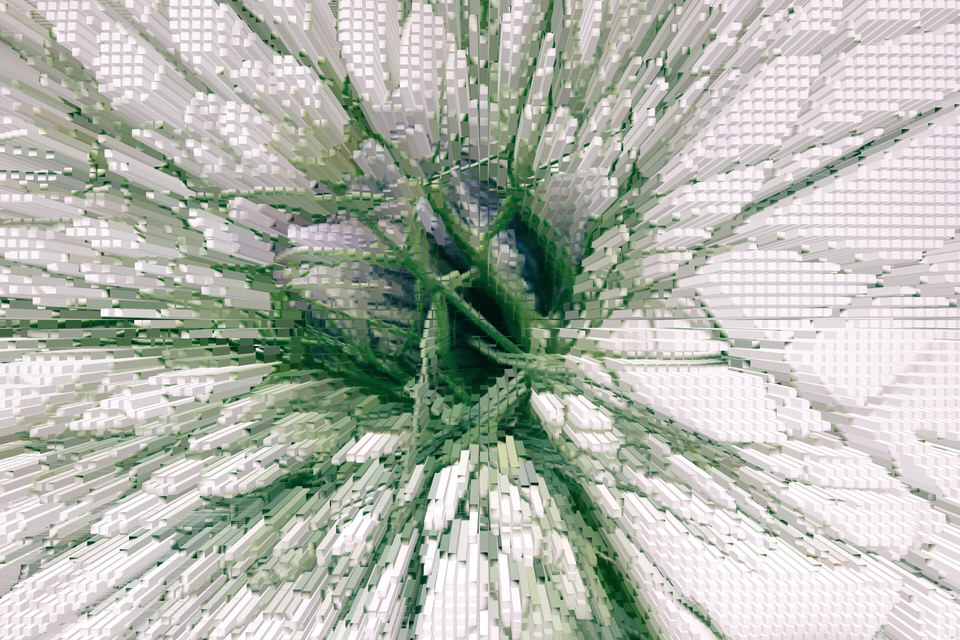
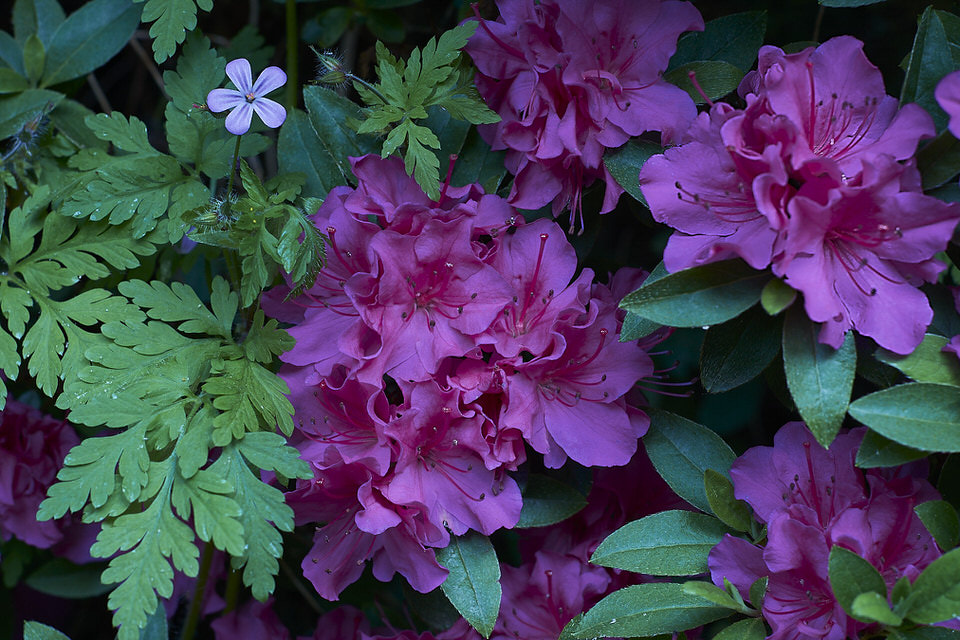
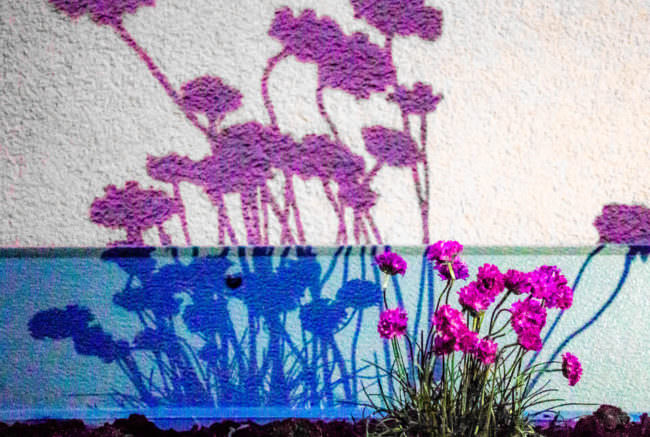



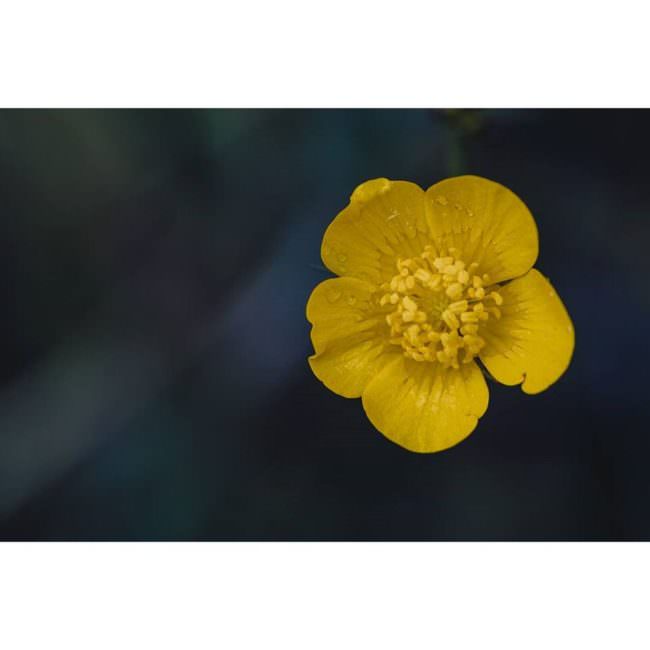
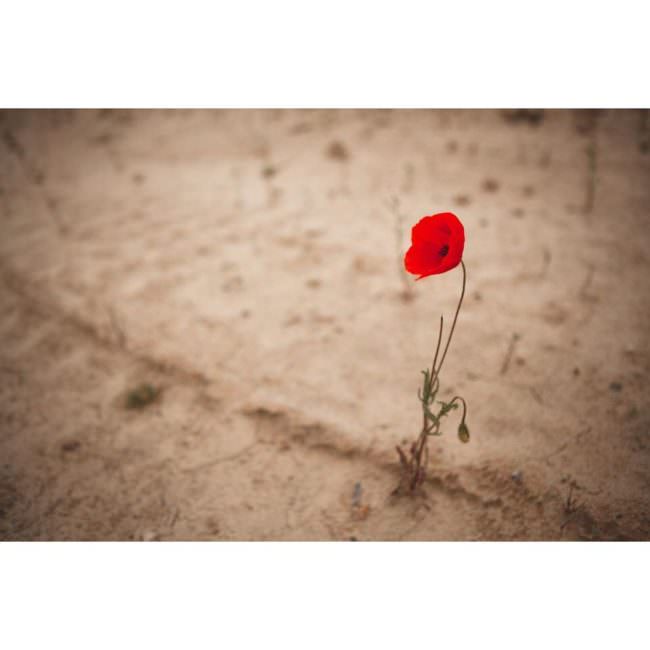


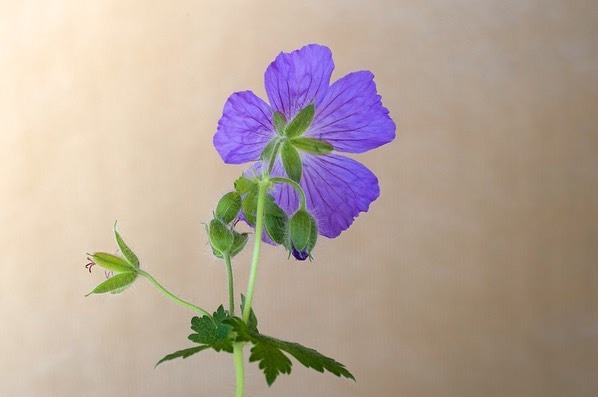
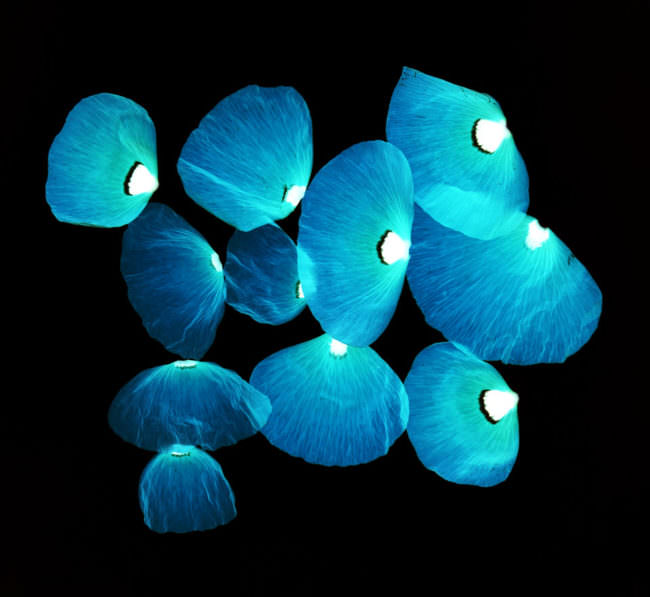
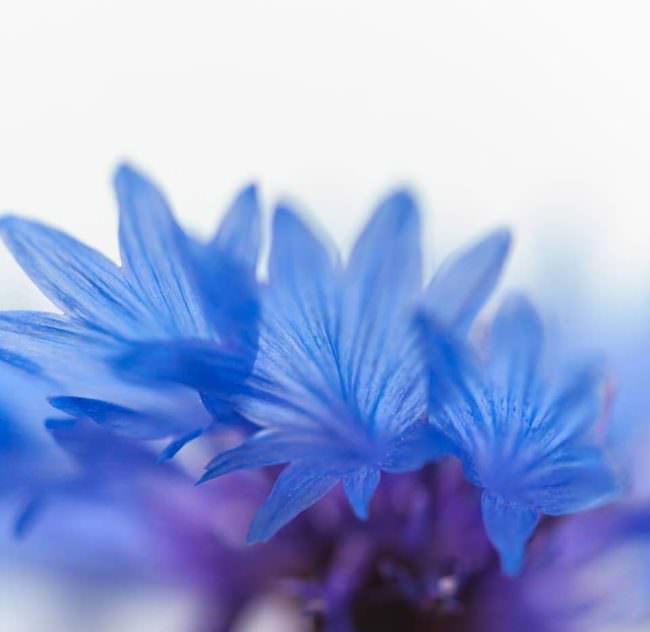
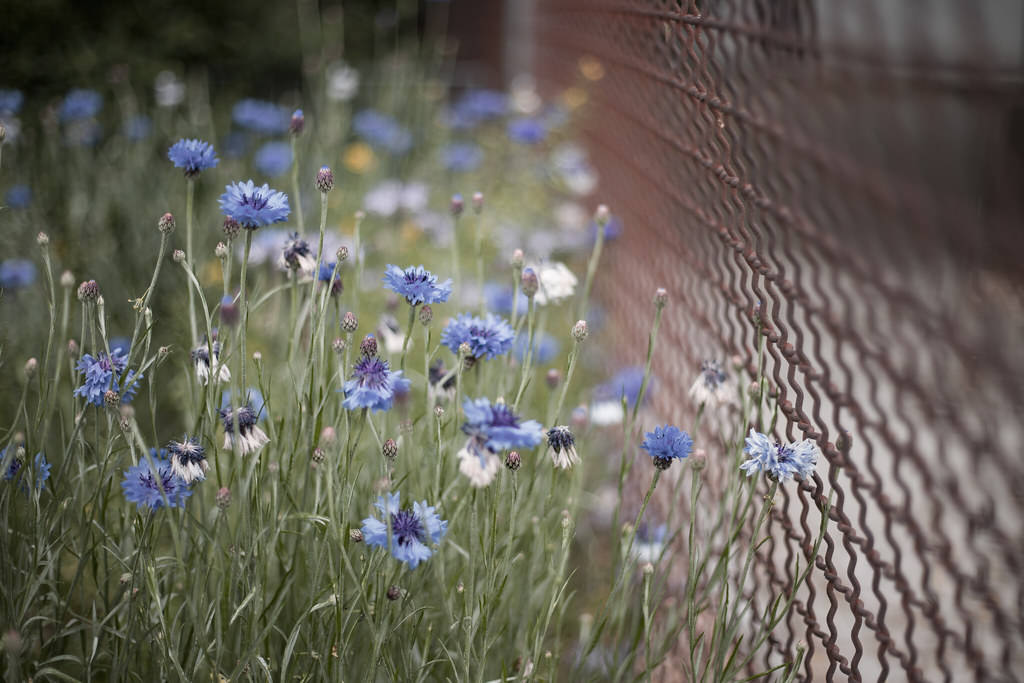
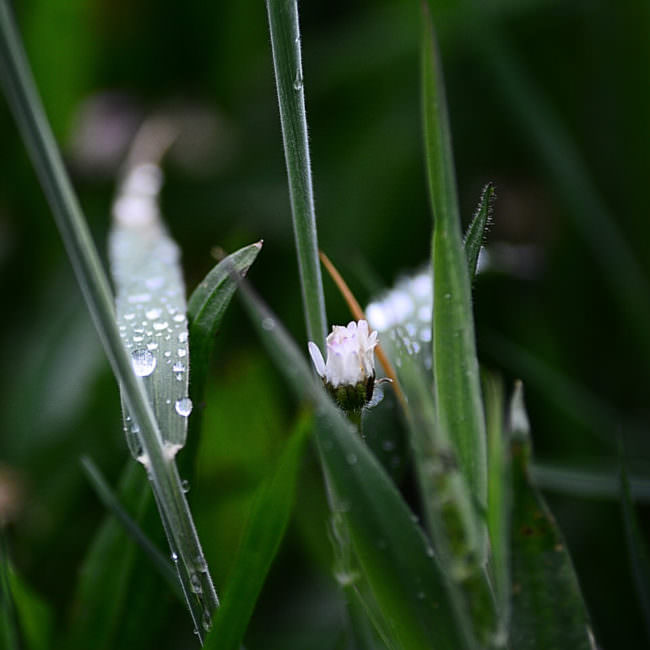
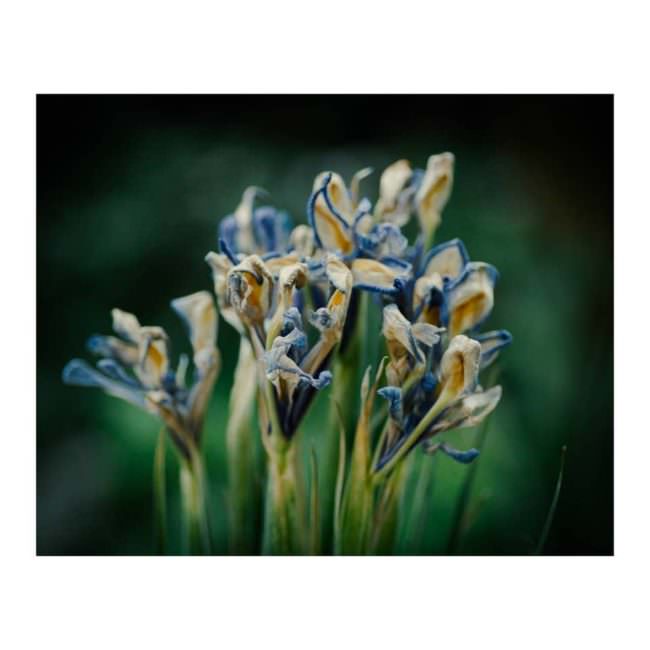
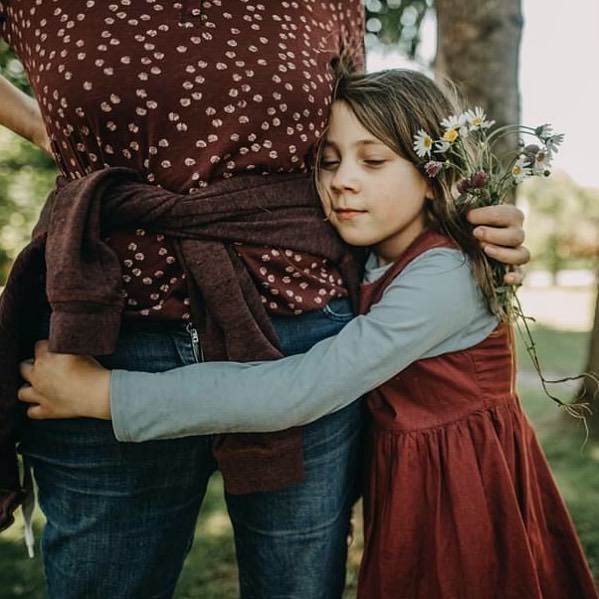
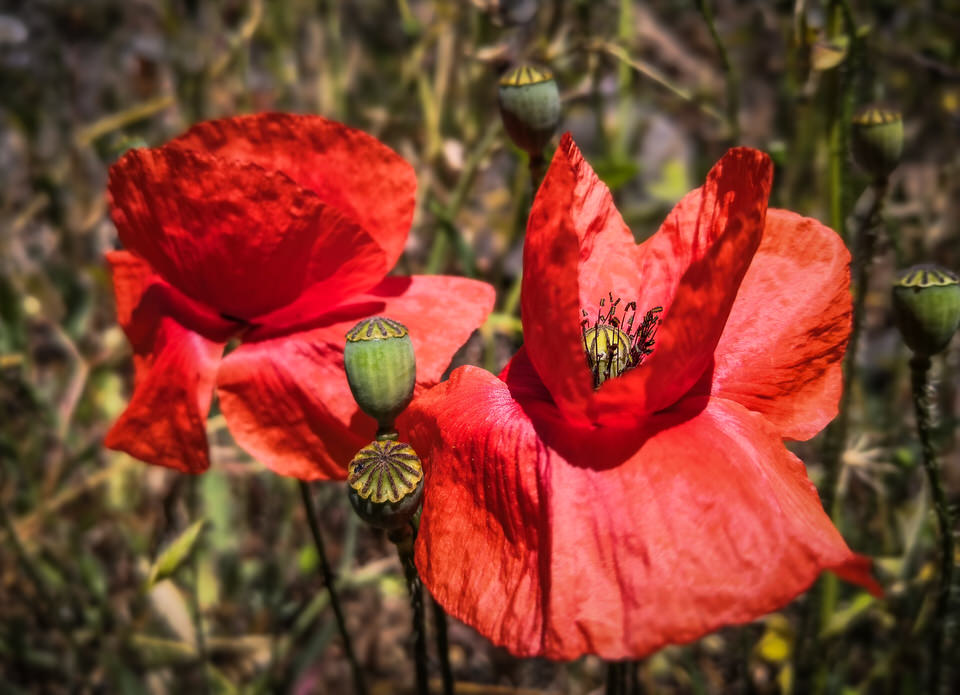
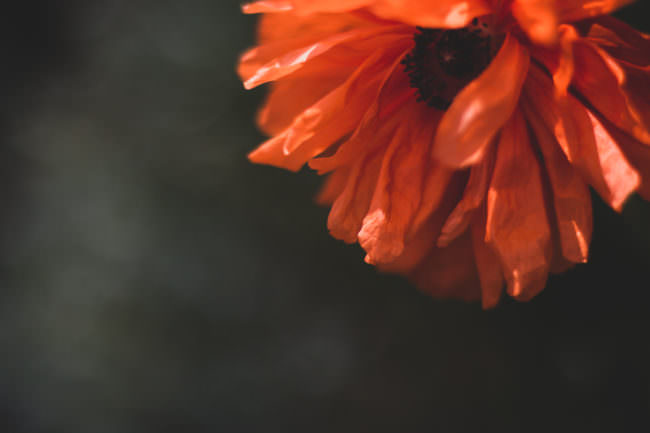
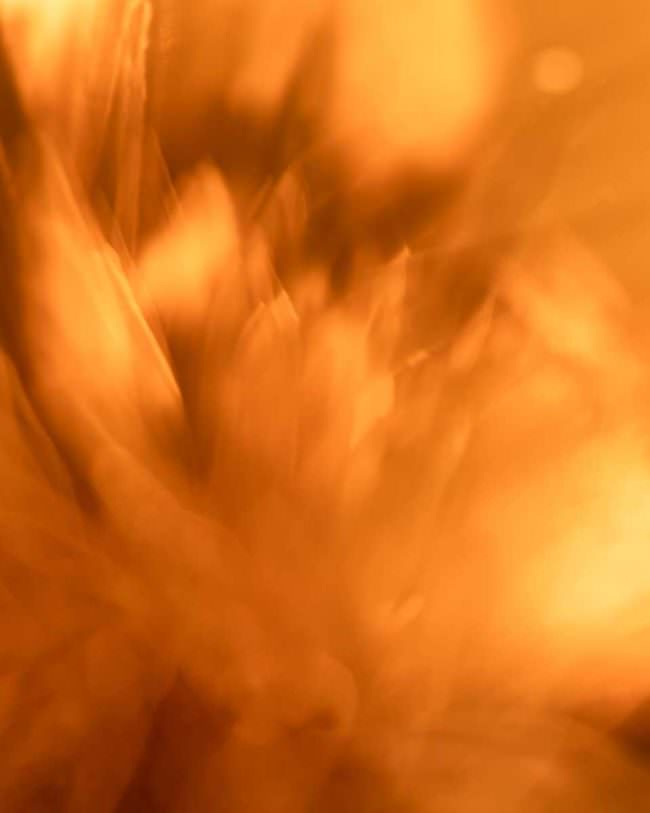

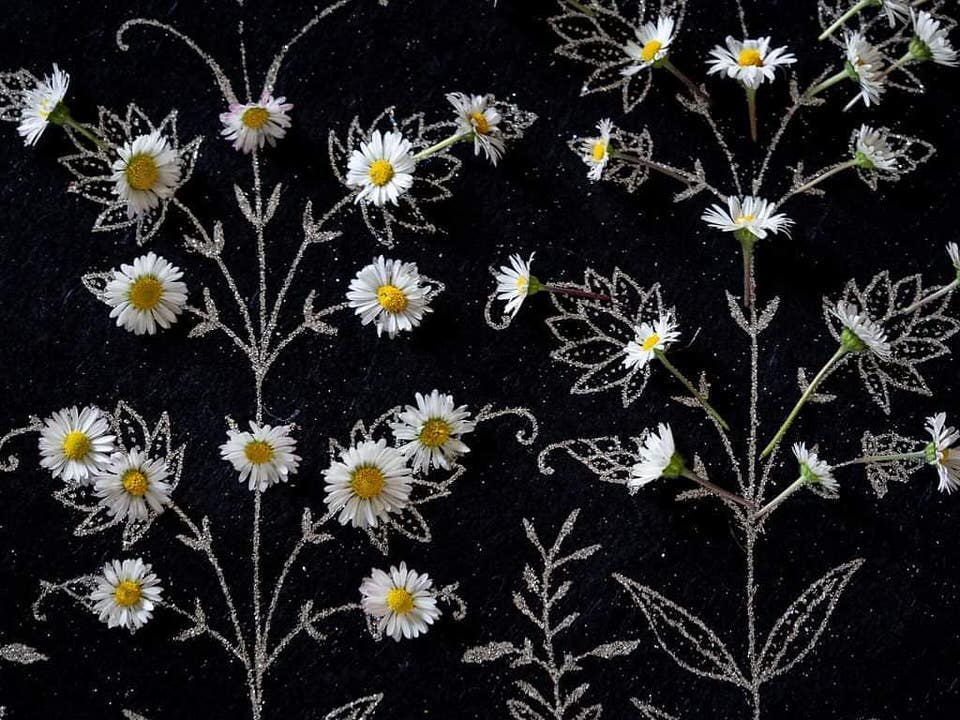





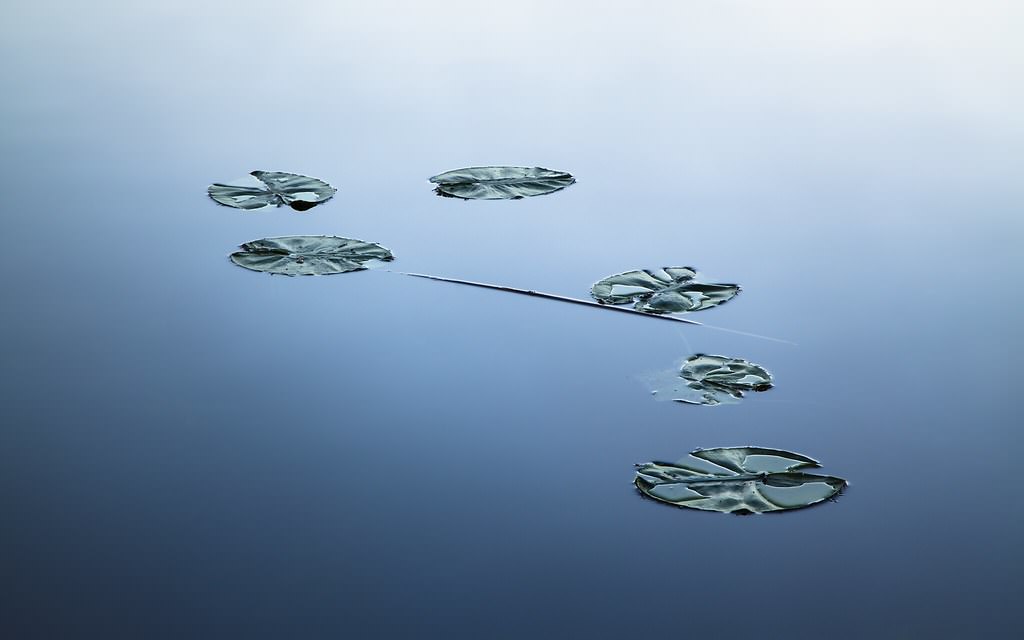







Nikon jumped on the mirrorless bandwagon too late and consequently cannot keep up with Sony and Fuji who are now way ahead. Don’t worry others will follow you down the same path even though they are desperately trying to hang on.